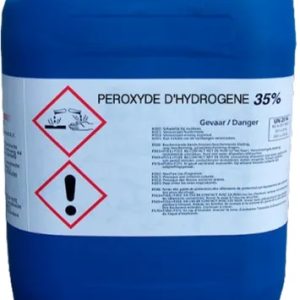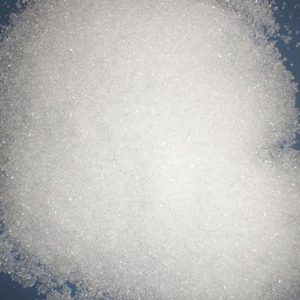Calcium Oxide: A Versatile Compound for Modern Applications
Calcium Oxide, often referred to as quicklime or burnt lime, plays a crucial role in various industries. This highly reactive compound results from the thermal decomposition of limestone (calcium carbonate). Its broad range of applications makes it an essential material in construction, agriculture, water treatment, and beyond.
Properties of Calcium Oxide
- Chemical Formula: CaO
- Appearance: White or pale yellow solid
- Melting Point: 2,572°C (4,662°F)
- Boiling Point: 2,850°C (5,162°F)
- Reactivity: Reacts vigorously with water to form Calcium Hydroxide (slaked lime).
Applications of Calcium Oxide
1. Construction Industry
Calcium Oxide acts as a critical ingredient in cement and lime-based mortars. It enhances the strength and durability of construction materials. Additionally, it is used to stabilize soil during road construction, ensuring long-lasting infrastructure.
2. Steel Manufacturing
Steelmakers use Calcium Oxide as a flux to eliminate impurities like sulfur and phosphorus from molten iron. This process improves the overall quality of steel products.
3. Water Treatment
Calcium Oxide plays a vital role in wastewater treatment by neutralizing acidity and removing impurities. It adjusts pH levels, ensuring safer water for reuse or disposal.
4. Agriculture
Farmers apply quicklime to acidic soils to enhance fertility and promote healthy crop growth. It improves nutrient availability and supports sustainable agricultural practices.
5. Chemical Industry
serves as a precursor for producing chemicals like Calcium Hydroxide, Calcium Carbide, and bleaching powder. It also aids in glass manufacturing and desulfurization processes.
Safety and Usage
Handle Calcium Oxide with care, as it reacts vigorously with water and can cause burns. Always use protective equipment and follow safety guidelines during storage and handling.
Conclusion
Calcium Oxide’s versatility and efficiency make it indispensable across industries. Its ability to enhance construction, agriculture, and environmental processes underscores its value as a critical industrial material. Contact us




